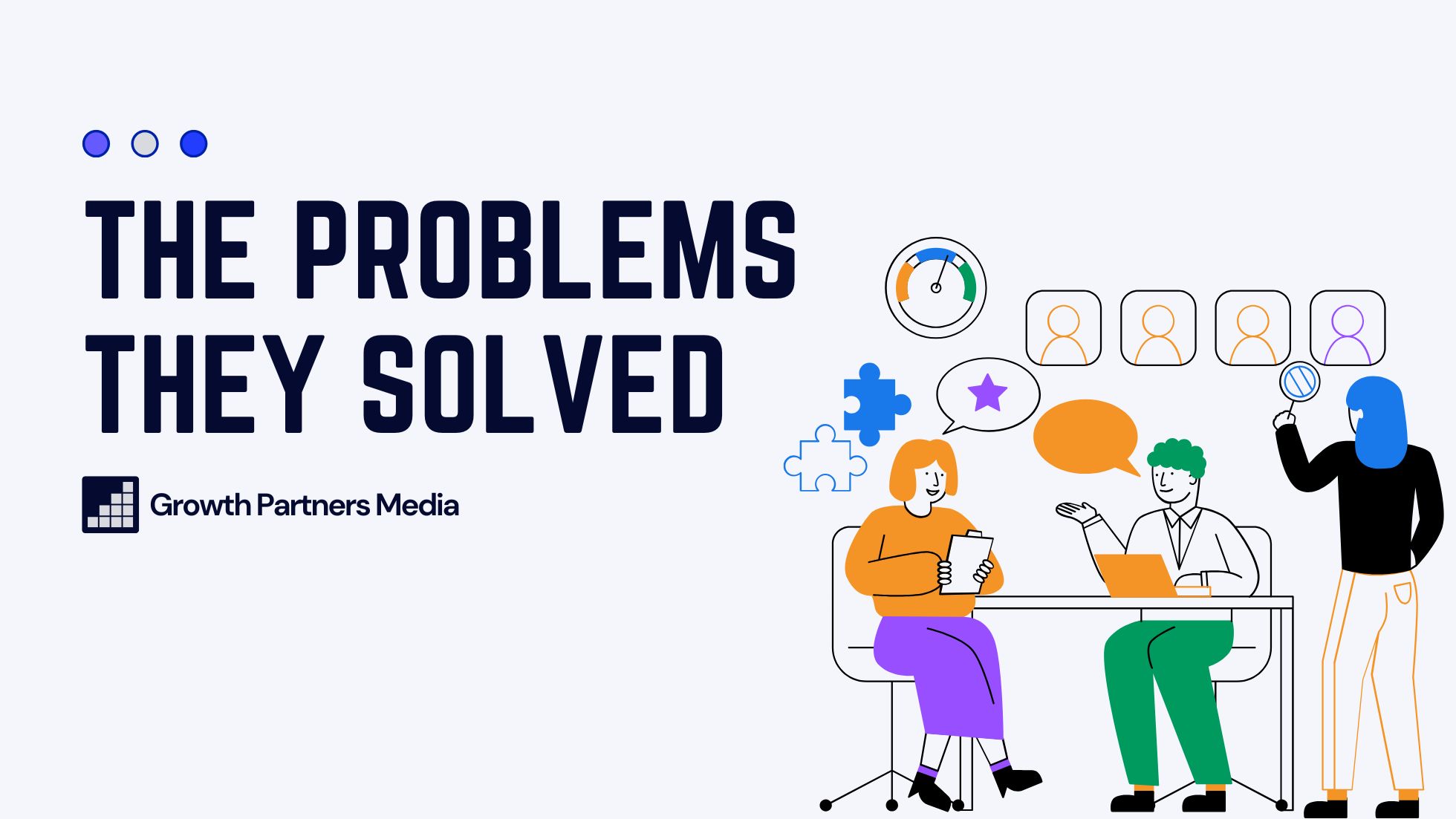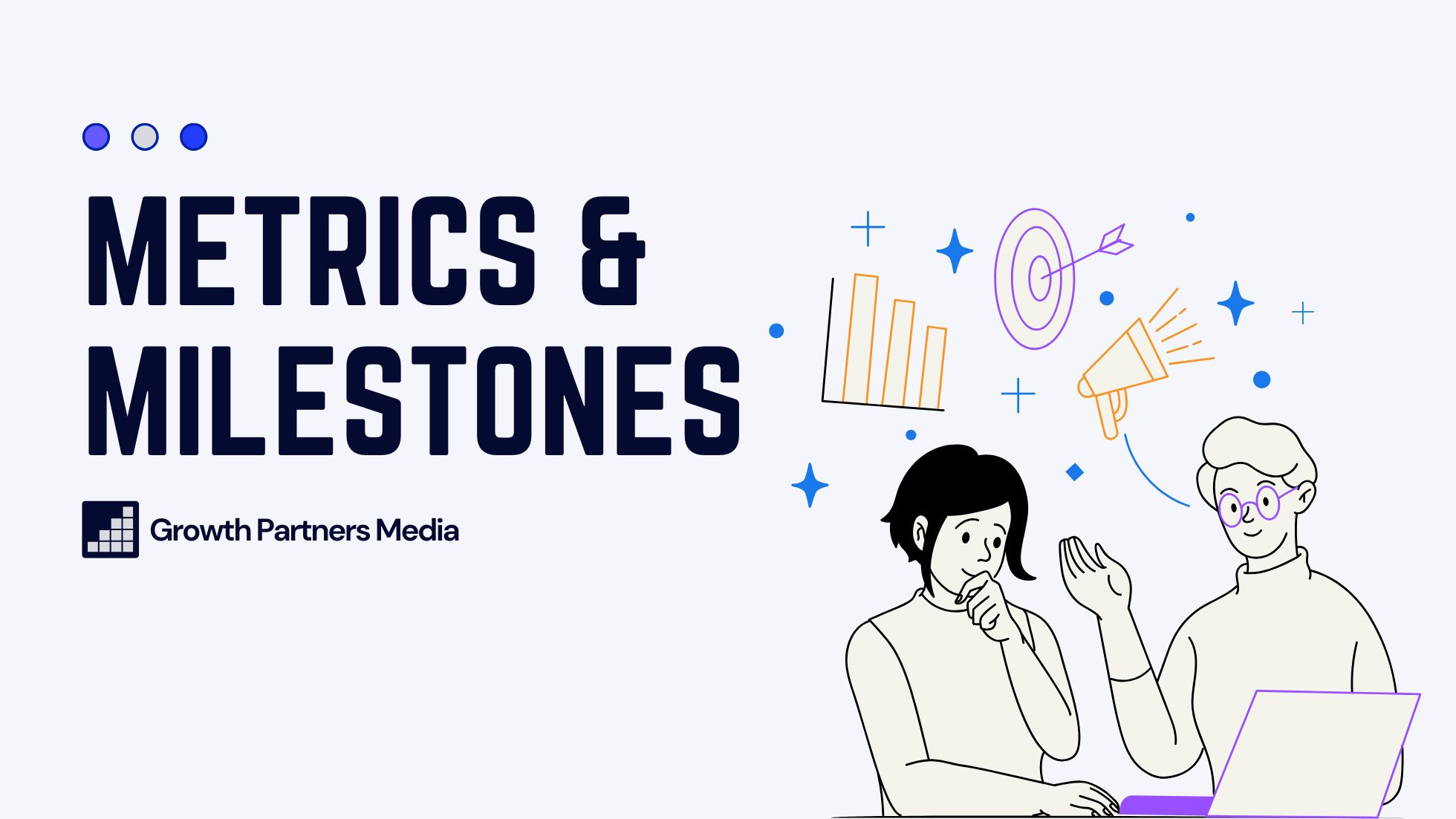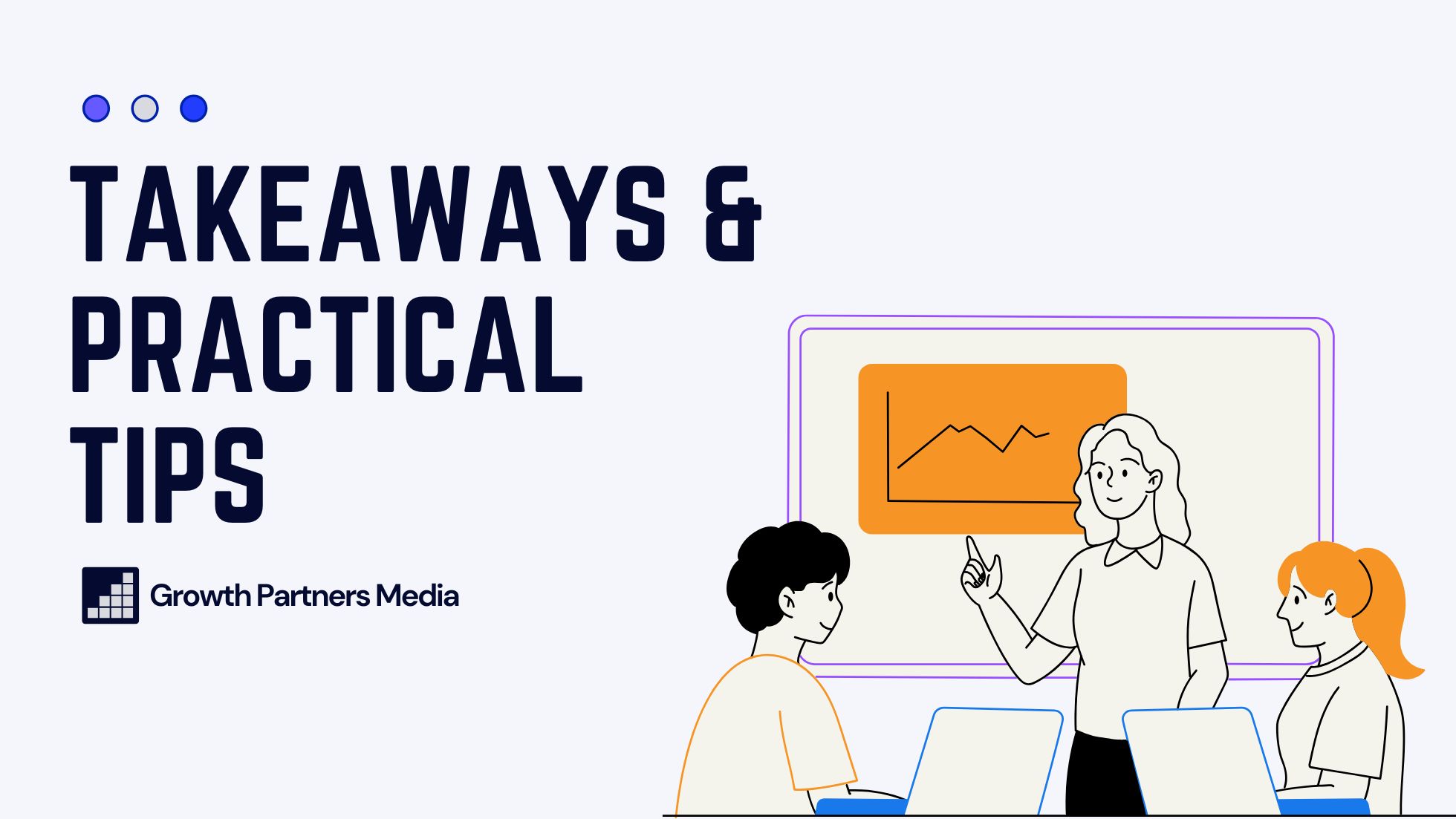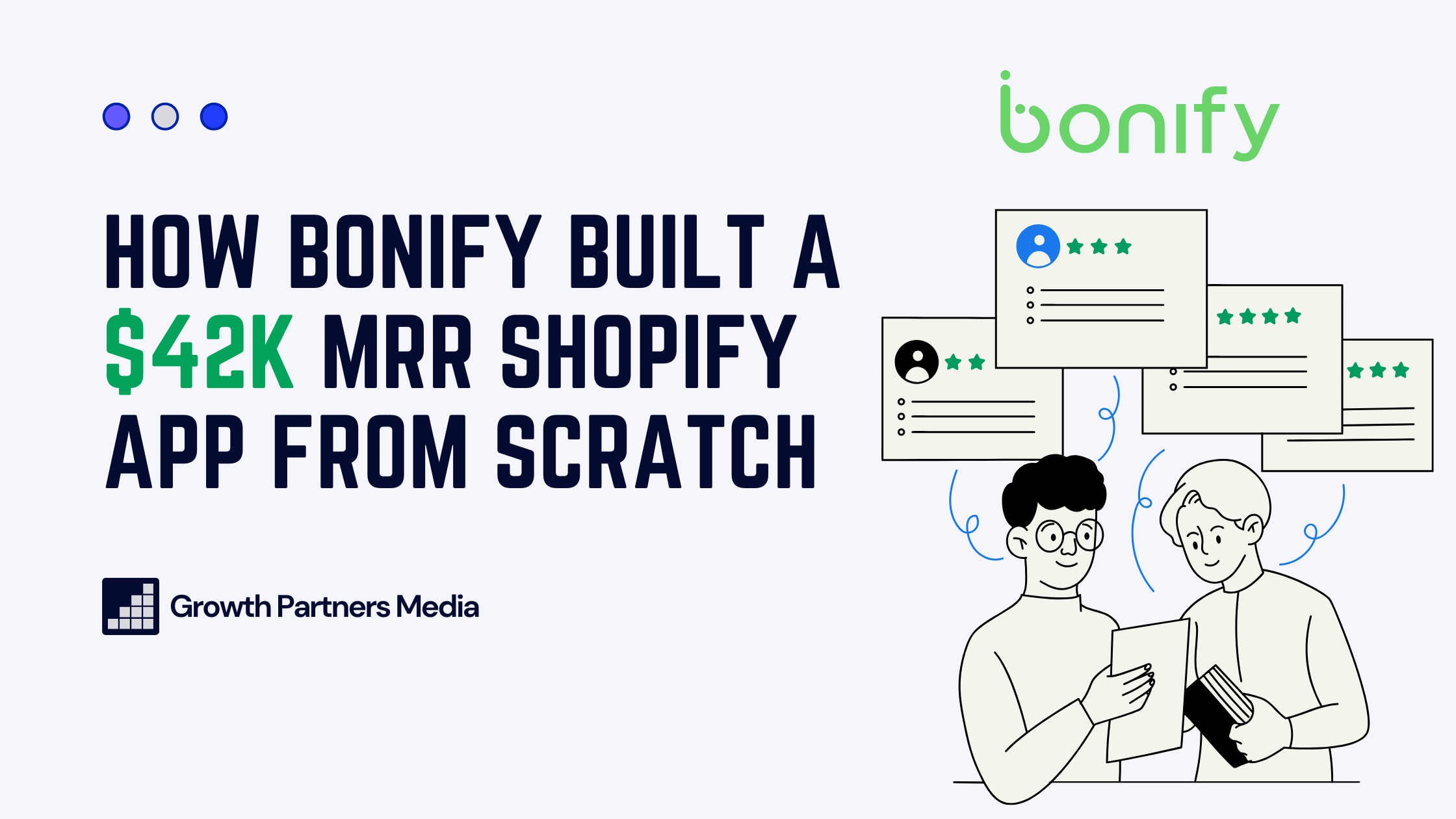How do you turn consulting frustrations into a thriving $42K/month Shopify app business?
For Dan Pepin and John Carbone, the co-founders of Bonify, the answer lies in pivoting from client services to SaaS success. Starting as a small web development agency, Bonify transitioned into a profitable Shopify app business, driven by innovation, customer feedback, and resilience.
Here’s how they built their business, overcame challenges, and created apps that store owners can’t live without.
The Problem They Solved

When Dan and John founded Bonify, they were frustrated with the inefficiencies they faced working at a digital agency. They saw an opportunity to run things better—both in terms of company culture and the tech solutions available for online stores.
Shopify store owners lacked tools to customize their stores with structured data fields and automate mundane tasks. This limitation was especially apparent for businesses that wanted more flexibility without extensive coding knowledge
Bonify created apps that addressed these pain points:
- Custom Fields – Empowering store owners to add extra data fields anywhere in Shopify for greater flexibility.
- Mr. Arigato – Task Automator – Automating store operations, from syncing data with Google Sheets to sending customer emails.
These apps transformed tedious tasks into streamlined workflows, helping store owners focus on growth.
The Strategy

Bonify’s journey began with Custom Fields, a Shopify app they built during downtime from client projects. Launched in 2016, the app initially earned just $152 in its first month, followed by $288 and $486 in the next two.
While the app didn’t seem promising at first, Dan and John were determined to make it work. They focused on refining the product, adding features like import/export functionality, onboarding tools, and automatic installations—all inspired by customer feedback.
Tackling Challenges and Building Loyalty
One of their biggest challenges was high churn rates, with many users uninstalling the app shortly after trying it. To address this, they introduced free and lower-cost plans, revamped their app listing on the Shopify App Store, and launched email campaigns to guide new users through onboarding.
These efforts not only reduced churn but also improved user retention.
Marketing posed another challenge, as platforms like Google Ads restricted targeting Shopify-related keywords. Instead, they:
- Focused on organic discovery within the Shopify App Store.
- Leveraged word-of-mouth recommendations to grow their user base.

By prioritizing user retention, refining their marketing strategies, and delivering excellent support, Bonify cultivated a loyal customer base that continues to fuel their growth
Metrics & Milestones

Here’s a snapshot of Bonify’s growth:
- Revenue: $42K/month across their Shopify apps.
- App performance:
- Custom Fields generates consistent recurring revenue.
- Mr. Arigato automates tasks for countless stores.
- Team size: Two founders with no employees.
Takeaways & Practical Tips

Bonify’s story offers valuable lessons for SaaS founders:
✅ Start small, but stay consistent. Early revenue may be slow, but persistence and customer feedback pave the way for growth.
✅ Focus on product-market fit. Bonify’s pivot to Shopify apps addressed a clear market need.
✅ Invest in support. Personalized, fast responses can set your product apart from competitors.
✅ Iterate based on feedback. Every feature added to Custom Fields was driven by real user needs.
Bonify’s journey from a frustrated agency team to a thriving Shopify app business proves that SaaS success doesn’t require massive funding or a huge team. With determination, customer focus, and smart pivots, they turned downtime into an opportunity—and created a business that works for their lifestyle.
Need more inspiration? Discover how NoteForms reached $180K in two years.
Ready to build your own Shopify app or SaaS product? Start small, listen to your users, and don’t be afraid to pivot. Success is just one great idea—and a lot of hard work—away.
- How to Outsource Backlink Building Without Stress [2025] - October 7, 2025
- Top 3 SEO Outreach Services That Actually Work [2025] - October 7, 2025
- 9 White-Hat Link Building Techniques For AI & Google (2025) - September 23, 2025



